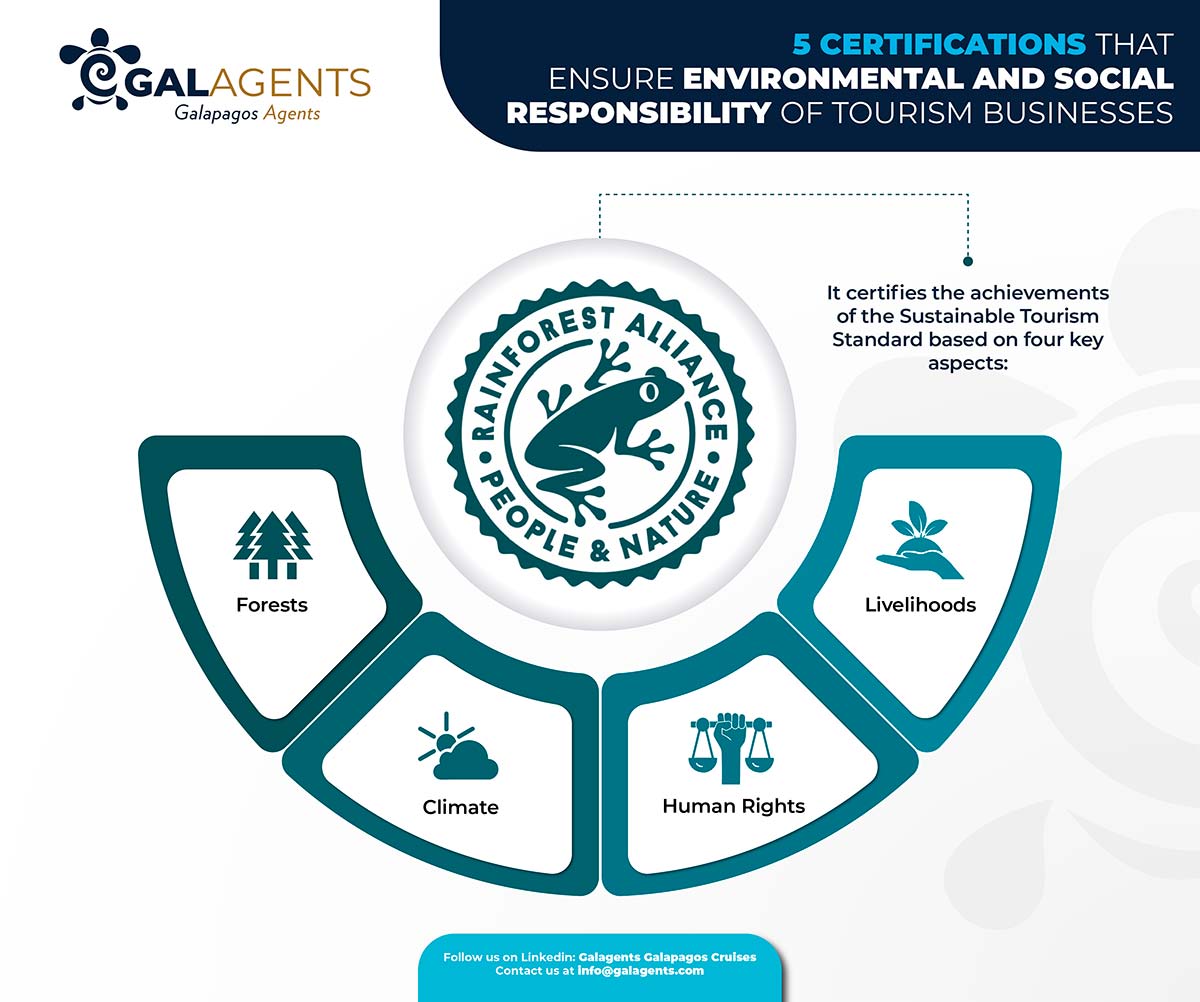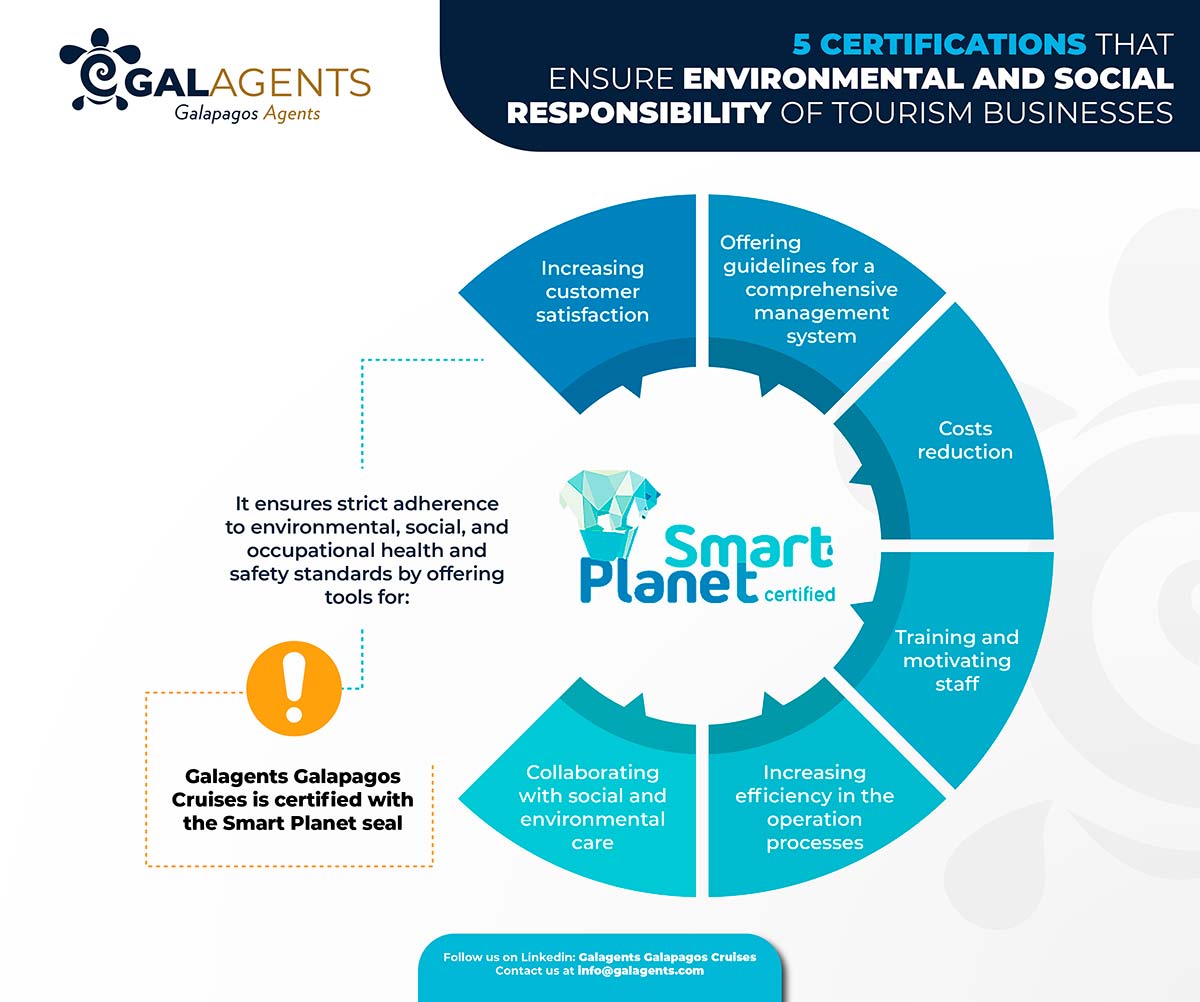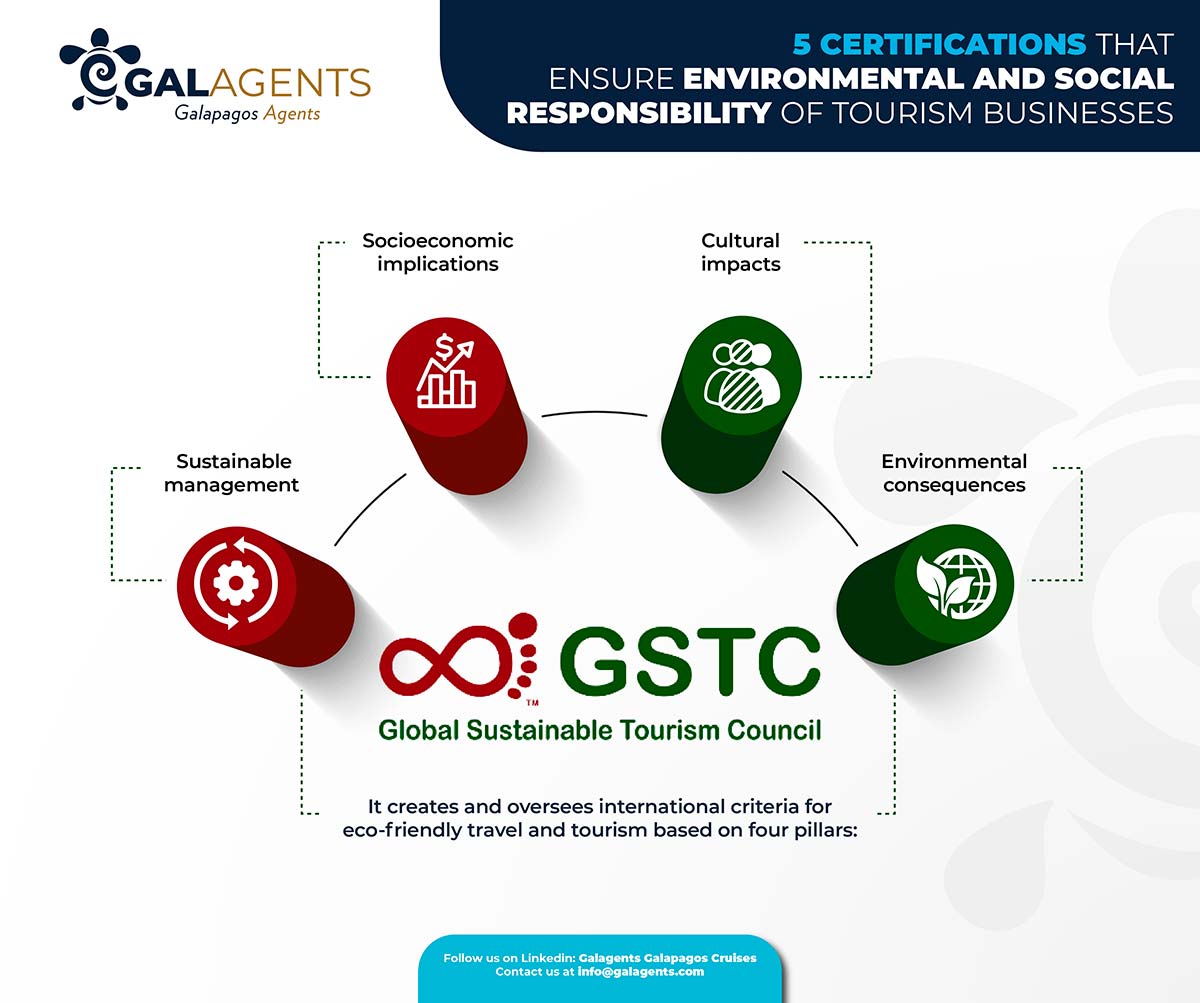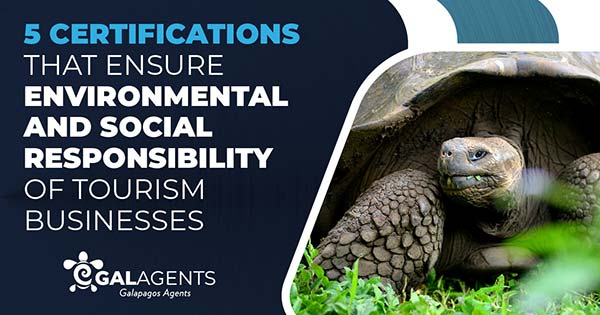Since the pandemic, travelers are more conscious about their impact on destinations. They’re looking to choose socially and eco-responsible tour operators.
Thankfully, after the pause in tourism activities during 2020-21, tour operators realized they needed to adjust their processes and services to reduce their footprint and get locals involved in delivering their services to destinations.
Many tourism companies have adjusted their operations and services to comply with a series of requirements to guarantee the minimum impact on ecosystems, the responsible use of natural resources, and the socio-economic development of local communities. As a result, many have fulfilled the severe audit process to be certified as social-environmentally companies.
These seals of approval showcase business responsibilities and compliance with global standards established by important organizations. Depending on the region, they may get more awareness than others but ultimately help travelers in the decision-making process among tourism businesses.
For example, in France, Agir pour un Tourisme Responsible (ATR) certifies transparency, collaboration, and coherence among clients, teams, and service providers in tourism based on respect, confidence, and quality.
To help you understand what’s behind some of the most recognized seals globally and identify if their actions fit your values, we’ve prepared a summary of the certifications you or your travelers can see worldwide.
Rainforest Alliance (RA)
Have you ever seen the frog seal in some global products, like agricultural, forestry, and tourism businesses? That’s the stamp of Rainforest Alliance.
Both hotels and tour operators that bear the Rainforest Alliance seal certify the achievements of the Sustainable Tourism Standard, recognized by the Global Sustainable Tourism Council.

A company certified by RA has been audited and has fulfilled these four key aspects:
- Forest: By supporting best practices for maintaining the health of trees, soils, and rivers, preserving native forests.
- Climate: The certification programs advocate for responsible land management practices that maximize carbon storage while reducing deforestation, contributing to greenhouse gas emissions. The aim is to develop resistance to drought, flooding, and erosion in natural areas.
- Human Rights: Verifying the standard and assurance systems offer solid solutions for analyzing and resolving child labor, forced labor, lousy working conditions, low pay, gender inequality, and the violation of Indigenous land rights, even though no certification program can guarantee against human rights violations.
- Livelihoods: By understanding that rural communities’ economic stability and ecosystem health are interdependent. The best method to help rural residents escape poverty is to increase their access to sustainable livelihood possibilities. The certification has substantial financial advantages for local communities worldwide.
Smart Planet
This certification ensures strict adherence to environmental, social, and occupational health and safety standards by organizations that seek to enhance how it relates their activity to their environment.
Smart Planet’s certified companies, like Galagents Galapagos Cruises, may play a significant role in driving change by advocating for the wise management of natural, social, cultural, and landscape resources.

The Smart Planet program seeks to transform the concept of sustainability into something tangible. Indeed, it offers its organizations with the right tools for:
- Increasing customer satisfaction.
- Offering guidelines for a comprehensive management system.
- Costs reduction.
- Training and motivating staff.
- Increasing efficiency in the operation processes.
- Collaborating with social and environmental care.
Linking Tourism and Conservation (LT&C)
LT&C is dedicated to sustainably protecting and visiting marine and terrestrial habitats’ biodiversity.
One of the most important aims that the world civilization has agreed upon is safeguarding nature in all its ecosystems, habitats, and species.

The certification helps meet the UN goal of establishing a comprehensive, representative, and well-managed network of protected areas covering 17% of the worldwide land and 10% of the global seas and coastlines by 2020.
LT&C believes that tourism can be the primary patron of the protected area network by being a pioneering instance where tourism contributes financially, politically, or educationally to the creation or expansion of protected areas. The “30×30 Goal,” which aims to have a global network of protected areas by 2030 that covers 30% of the world’s marine and terrestrial space, is supported by these best practices.
World Indigenous Tourism Alliance (WINTA)
The World Indigenous Tourism Alliance is an Indigenous-led international network working to put the UN Declaration on the Rights of Indigenous Peoples into practice by seeking the empowerment of indigenous communities to achieve win-win results through the travel and tourism industry.

The WINTA Network consists nowadays of more than 300 organizations from more than 45 different nations, based on six principles:
- Stakeholder Collaboration
- Custodian of the Pacific Asia Indigenous Tourism Conference
- Advocacy
- Reporting
- Strategic Destination Consultation
- Policy Research
- Tourism Conferences and Workshops
Global Sustainable Tourism Council (GSTC)
It creates and oversees international criteria for eco-friendly travel and tourism, known as GSTC Criteria. There are two sets: Industry Criteria for hotels and travel operators and Destination Criteria for public policymakers and destination managers. They are the outcome of a global initiative to create a common language on sustainability in the travel industry.
The GSTC is based on four pillars:
- Sustainable management.
- Socioeconomic implications.
- Cultural impacts.
- Environmental consequences.
Additionally, tourist destinations have their own culture, environment, customs, and regulations so that the criteria can be modified to local conditions.

Download the infographics here
Tourism companies and destinations can hold either of these three seals:
- GSTC Certification comes when a third party independently evaluates companies/organisms for compliance with the GSTC standard from a GSTC-certified body.
- GSTC Accreditation is a quality mark awarded by GSTC to Certification Bodies that use an unbiased, independent, and neutral methodology to ensure that hotels or tour operators, or locations, are certificated based on merit and neutrality.
- GSTC Recognition verifies that standard owners’ criteria are equivalent to the GSTC Criteria’s four pillars—environment, social, cultural, and management principles.
These are just a few global certifications you or your travelers can identify among tour operators, hotels, and destinations. Keep in mind that holding these certifications implies a constant auditing process by the organizations to ensure the fulfillment of their requisites throughout the year.
Also, remember that some nature tourism destinations already have robust controls to safeguard their fragile ecosystem. That’s the case of the Galapagos Islands, which are hardly controlled by the National Park Authority to avoid overtourism, disturbance of rare and endemic wildlife and its ecosystems, and ensuring locals’ access to work sources and working conditions.
Which of these certifications have you seen before and considered more reliable? Let us know in the comments.

